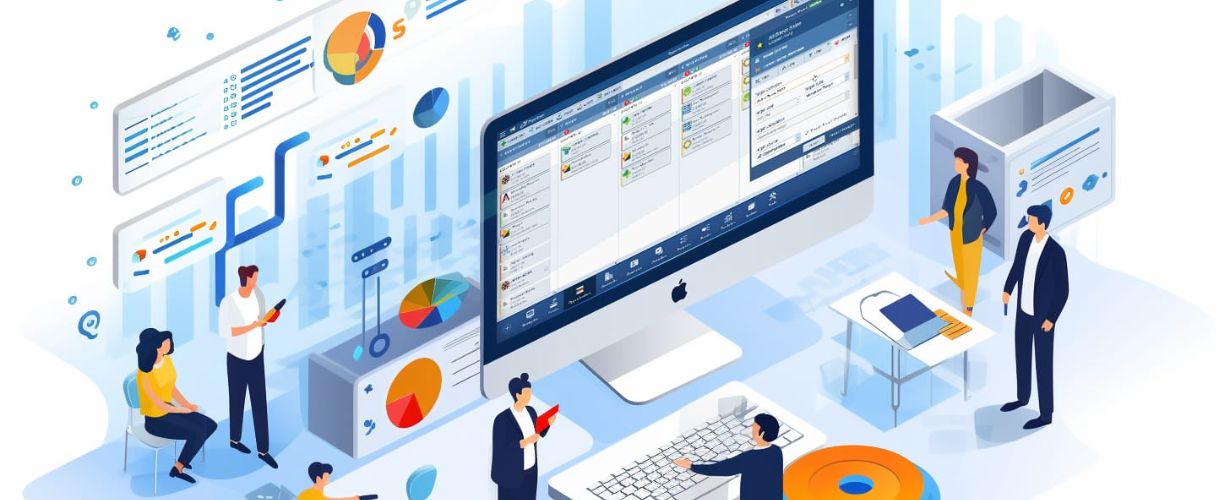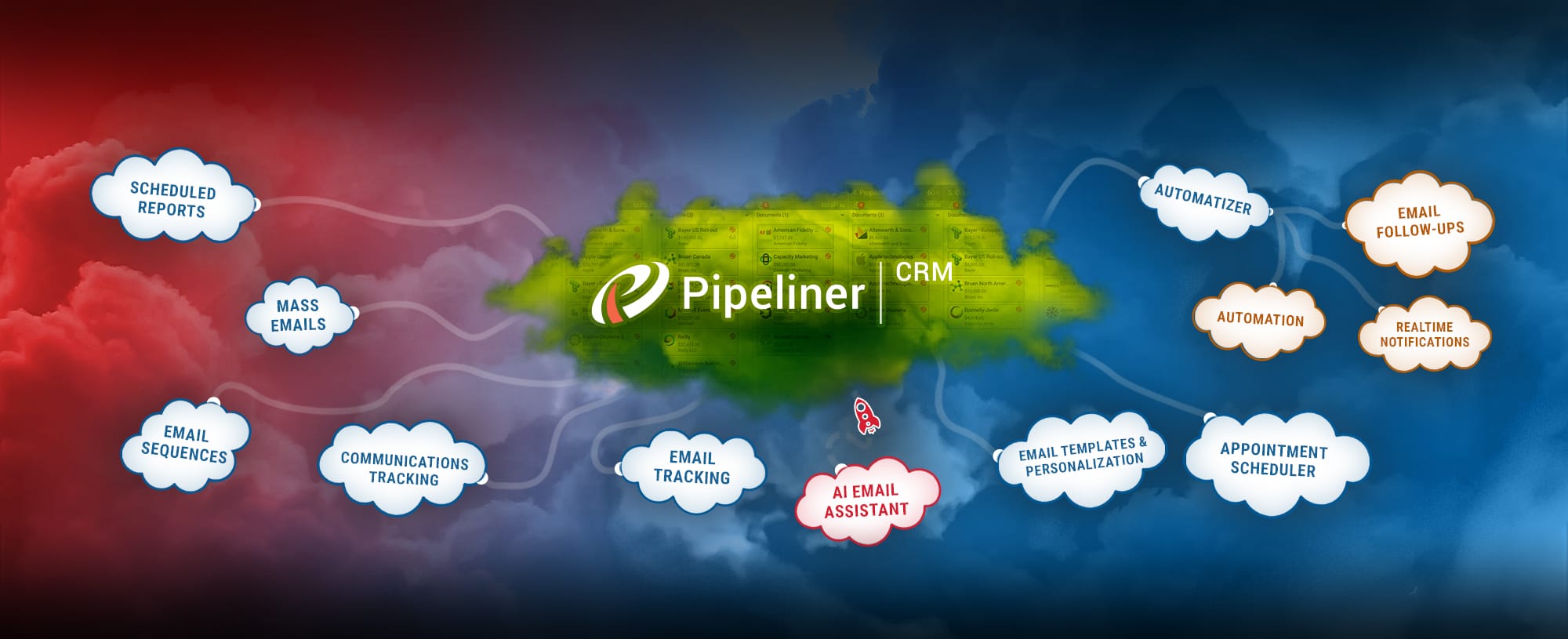We now come to another aspect of accountAccount Account refers to a record of primary and background information about an individual or corporate customer, including contact data, preferred services, and transactions with your company. management that is vitally important—and that is application integration.
According to Mulesoft Research’s 2021 Connectivity Benchmark Report, digital transformation is accelerating across industries. Within this study of 800 IT leaders across the globe, 77 percent say that failure to transform will impact revenueRevenue Revenue is the amount of money a business generates during a specific period such as a year or a quarter; also called sales.. Yet integration challenges continue to be a roadblock for digital transformation initiatives.
The report goes on to state that the pandemic has increased pressure to enhance connectivity between systems, applications and dataData Data is a set of quantitative and qualitative facts that can be used as reference or inputs for computations, analyses, descriptions, predictions, reasoning and planning.. While more organizations are taking a top-down approach in the development of an integration and API strategy as compared to last year, less than a third of apps are currently integrated, with many of them existing in silos. The average organizationOrganization Organization is a cohesive group of people working together and formally bound by a shared identity (e.g., one team, company, club, etc.) and a common purpose (e.g., business growth, athletic victory, etc.). runs over 800 apps, each with an approximate lifespan of four years. This lack of integration will be unsustainable in the future as organizations strive for increased business efficiency and better-connected experiences.
Integration and Account Management
How does application integration tie into account management? We’ll bring it back to a salient point we made in our last article, which was that all departments need to work together to achieve a 360-degree view of the customerCustomer Customer is an individual or an organization that purchases a product or signs up for a service offered by a business.. In order for account management to utilize data from all of these disparate systems, they all need to be integrated and available in CRM. Otherwise, account management isn’t really possible.
How do we accomplish this?
First of all, it requires the use of Open APIs, which are publicly available application program interfaces. OpenAPIs, along with the latest in API technology, make it possible for developers to integrate programs with proprietary software applications or web services.
The account manager simply wants the required data right in front of them. When they speak to an account, they need to know, for example, how many support tickets that account has and if there are any open. An account manager making a call to an account without such information would be a very bad move.
Proceeding in Iterations
Here we now can visualize where we’re trying to go. We need the whole company connected up so that all data is available from all departments.
But does this all have to be accomplished all at once? Do we have to wait for everything to be done before we can proceed with real account management? For this, we can take an example from today’s software development, which is conducted in iterations. I see it as a significant error on the part of many companies—and people for that matter—that they want everything done NOW, completed, and in perfect working order.
If you really look at it, nothing in life is like this. Nothing in life arrives completely formed at its perfectly operating end result. You obviously always must have the end in mind—for example, a child growing up will be attending school for the next 12 to 14 years or longer. But you certainly wouldn’t want to say to a second-grader, “For the next 16 years you will go to class, and be told each day what to do, and then you will have homework, and life will be very hard.” If you did that, who would want to go to school?
My point is that we are making things too complicated. We should not start with trying to make things perfect all at once. We should take things in iterations—and when the first iteration is well in place, we adjust the system according to feedback.
Incidentally, the current programming methodology we use at Pipeliner was invented for all of these reasons. With Scrum programming, team members break their work into goals that can be completed within iterations, called sprints. The scrum team assesses progress in daily meetings of 15 minutes or less, called daily scrums. When the sprint is over, the team holds two more meetings: one meeting is the sprint review, used to show stakeholders the work that has been done and to gain feedback, and the second is a retrospective in which the team reflects for improvement.
The older programming method was known as the waterfall method, within which everything had to be done perfectly the first time, and there was no going back (much like a waterfall). It only went in one direction. We can compare this to the way organizations proceed today when trying to reach a particular goal. Various people and departments are adding items in and making the goal more complex and harder to achieve. In the end, the goal is barely reached if at all.
Efficiency and Productivity
Iteration is a more efficient way to proceed in any long-term goal, and efficiency means doing the right thing and doing it better. An example I always use is the utilization of the right hammer to put nails in walls to hang pictures. Using the correct hammer makes the job efficiently, and where the person was only able to hang 20 pictures an hour in the past, they can now, with the right tool, hang 50.
When we are integrating different parties, departments, and solutions, we have to start somewhere. Starting small is much more efficient. Efficiency leads to productivity, and productivity leads to profitabilityProfitability Profitability is the potential, degree, metric, ability or relative efficiency of a business to yield financial gain (i.e., profits) after all relevant expenses and costs have been deducted.—which is where we all want to go. ]
Bringing Value
Another crucially important factor in integrating parts of your company for account management is the bringing of value.
The value I am speaking about is for the customer, not for you or your company. You can “love the sound of your own voice” as a company, but that doesn’t say anything to the customer. Your company can even have plentiful data about a customer, but when the customer reaches out, you give them nothing. Where do I get that idea? Well, most banks, despite all the detailed financial information they have on their customers, never offer anything of value to them.
In account management, thoroughly look over a customer’s information with regard to what kind of value you want to bring to them.
Automation and Account Management
The last factor we’ll discuss when it comes to integration and account management is having adequate follow-up processes in place.
Let’s say, for example, you have integrated all of your data and then have engaged in a Quarterly Business Review (QBR) with a particular customer. The customer lets you know that they have a new support issue. At the conclusion of the QBR, the customer should, through an automated process, be “taken” right to Tech Support so that they can be serviced right away.
In such cases, when required, the data set flows to any of the customer touchpoints automatically. If a data point changes and the customer should be steered to a different department, that should happen right away also.
As an example, I just had a covid-19 vaccination. I’m now in a database, and the data point shows that I was checked in, that I received a vaccination, and that I checked out. There is now a data point indicating that I was vaccinated. This data point will be important to government agencies and anyone else concerned. It will not only contribute to statistic compilations but will ultimately, I believe, result in a “pass” that can be utilized traveling and for other purposes.
In another example from our own field, a customer might have had some issues with your productProduct Product refers to anything (an idea, item, service, process or information) that meets a need or a desire and is offered to a market, usually but not always at a price. or service and be upset. They are refusing to pay their bill, and your support people are working on solving the issue.
This problem could be directed in one of two directions. The account manager could agree to give the clientClient A client is an entity who pays another entity for products purchased or services rendered. Also called a customer. ten more days to pay their bill, while your company works on a fix for the customer’s problem. If the fix happens and the client pays their bill, all is good and everything returns to normal. If the problem isn’t fixed or the invoice still isn’t paid, we still have an issue. An automated process would take care of either scenario.
That shows us that account management, to function efficiently, must have automation. Without it, account managers will become very overwhelmed, having to keep track of customers and “moving parts.”
So you see that account management, through application integration, must deal efficiently and effectively with customers, must provide value, and must utilize automation to provide effective service.





